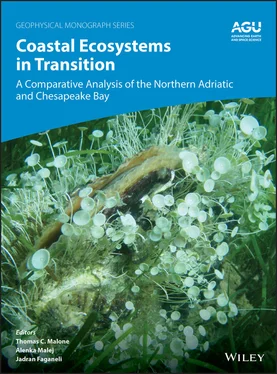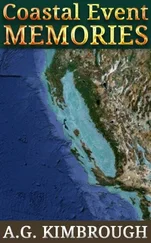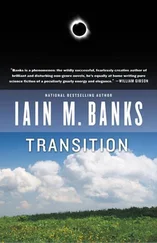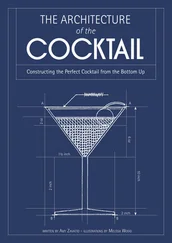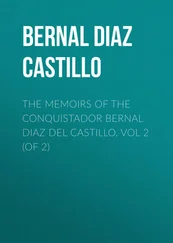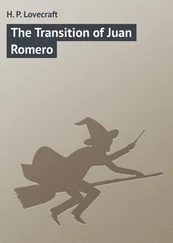Recent annual landings have been ~100,000 in the NAS and ~275,000 tons in CB, a contrast that may reflect differences in phytoplankton production. Clupeoid fishes (anchovies, sardines, or menhaden) dominate fish biomass and catch in both ecosystems. Fisheries on anadromous and estuarine‐dependent species are more important in CB while diverse, demersal fisheries are relatively more important in NAS. Although total catches have remained high, anchovy stocks in the NAS collapsed in the 1980s.
In CB, oyster stocks declined rapidly during over the past five decades due to overfishing and disease, a trend that reduced their capacity to prevent accumulations in phytoplankton biomass and exacerbated the effects of anthropogenic nutrient enrichment on phytoplankton biomass and the magnitude of bottom‐water anoxia. In the NAS, fishing practices hinder the reestablishment of natural benthic communities. Thus, both systems would benefit from management actions that both reduce nutrient loadings and enhance natural benthic communities.
Eutrophication, overfishing, and problems of interjurisdictional management are common to both systems. The most comprehensive program to improve the water quality of CB was launched in 1983 (1st Chesapeake Bay Agreement) to reduce point and nonpoint nutrient inputs as a means of restoring the bay to a healthy ecosystem. In 1987, the Agreement was strengthened by specifying a quantitative target for nutrient reduction, i.e., achieve a 40% reduction in controllable nutrient (N and P) inputs by the year 2000. Two hallmarks of this agreement are (a) the implementation of a monitoring program to assess the relationship between changes in land cover using satellite‐based imagery and (b) whole watershed modeling to guide best management practices to limit both point and nonpoint inputs of anthropogenic nutrients, and quantify distributions of water quality parameters in time and space.
Recent progress in development of national and international management accords (Slovenia, Croatia, Italy) began with the establishment of the Po River Authority by Italy in 1989 and the release of the Po Master Plan that articulated seven major objectives:
1 control the impacts of floods and coastal erosion;
2 identify subsidence areas and sources of pollution and determine management options for each;
3 restore river flow for mitigating floods;
4 monitor aquifer recharge and pollutant spread by ground water;
5 develop water‐use priorities based on human and ecological needs;
6 develop predictive models of the basin‐wide hydrological cycle;
7 formulate regional plans and develop a data base for the NAS.
The existing water quality and hydrology monitoring network for the Po subbasin provides a good foundation on which these monitoring and modeling programs can build.
Quantitative assessment of nutrient management strategies will require an improved understanding of the details of circulation transport pathways throughout the seasonal progression of atmospheric forcing and of buoyancy and nutrient inputs in both water bodies. Crucial questions remain, many of which center on physical–biological interactions in the vertical dimension. In the NAS, a key question is the mechanism and degree of lateral transport of water and nutrients out of the Po River plume and into the sea’s interior. In both CB and the NAS, coupled physical–biological models are needed to address these problems. Analytical efforts in CB have been supported by a rich set of synoptic, time‐series measurements. Similar modeling efforts in the NAS have progressed without the benefit of this level of observation, and the pace of future advancements will hinge on obtaining this information.
The need for ecosystem‐based management of fisheries is similar in CB and the NAS. Sustained, cost‐effective, ecosystem‐based management of nutrient loading, water quality, and fisheries is a major challenge to government agencies responsible for protecting the environment and managing living resources in both systems. This synthesis illustrates the importance of sustained research, monitoring, and modeling to the design, implementation, and improvement of ecosystem‐based approaches to addressing this challenge. A related challenge is presented by the reality that the boundaries of ecosystems and movements of pelagic animals do not obey political jurisdictions. Thus, international collaboration is needed to address this challenge in the NAS, while interstate collaboration is needed for CB.
1 Barbier, E.B., Hacker, S.D., Kennedy, C., Koch, E.W., Stier, A.C., & Sillman, B.R. (2011). The value of estuarine and coastal ecosystem services. Ecological Monographs, 81, 169–193.
2 Cloern, J.E. (2001). Our evolving conceptual model of the coastal eutrophication problem. Marine Ecology Progress Series, 210, 223–253.
3 Costanza, R., De Groot, R., Braat, L., Kubiszewski, I., Fioramonti, L., Sutton, P., et al. (2017). Twenty years of ecosystem services: How far have we come and how far do we still need to go? Ecosystem Services, 28, 1–16.
4 Elliff, C.I. & Kikuchi, R.K.P. (2015). The ecosystem service approach and its application as a tool for integrated coastal management. Natureza and Conservação, Brazilian Journal of Nature Conservation, 13, 105–111.
5 Koch, E.W., Barbier, E.B., Silliman, B.R., Reed, D.J., Gerardo, Hacker, S.D., et al. 2009. Non‐linearity in ecosystem services: temporal and spatial variability in coastal protection. Frontiers in Ecology and the Environment, 7, 29–37.
6 Malagó, A., Bouraoui, F., Pastori, M., & Gelati, E. (2019). Modelling nitrate reduction strategies from diffuse sources in the Po River basin. Water, 11, 1030. https://doi:10.3390/w11051030
7 Malone, T.C., DiGiacomo, P.M., Gonçalves, E., Knap, A.H., Talaue‐McManus, L., de Mora, S., & Muelbert, J. (2014). Enhancing the Global Ocean Observing System to meet evidence based needs for the ecosystem‐based management of coastal ecosystem services. Natural Resources Forum, 38, 168–181.
8 Malone, T.C., Malej, A., Harding Jr., L.W., Smodlaka, N., Turner, R.E. (Eds.) (1999). Ecosystems at the land–sea margin: Drainage basin to the coastal sea (Estuarine and Coastal Sciences Series, Vol. 55). Washington, DC: American Geophysical Union. Hoboken, NJ: John Wiley & Sons.
9 MEA. 2005. Ecosystems and human well‐being: Current state and trends. Coastal systems. Washington, DC: Millennium Ecosystem Assessment, Island Press.
10 Meybeck, M. 2003. Global analysis of river systems: from Earth system controls to Anthropocene syndromes. Philosophical Transactions of the Royal Society of London Series B, 358, 1935–1955.
11 Pauly, D., Alder, J., Booth, S., Cheung, W.W.L., Close, C., Sumaila, U.R., Swartz, W., et al. (2008). Fisheries in large marine ecosystems: Descriptions and diagnoses. In K. Sherman, G. Hempel (Eds.), The UNEP large marine ecosystems report: A perspective on changing conditions in LMEs of the world's regional seas. Nairobi: United Nations Environment Programme.
12 Poulain, P.M., Kourafalou V.H., & Cushman‐Roisin, B. (2001). Northern Adriatic Sea. In B. Cushman‐Roisin, M. Gačić, P.‐M. Poulain, A. Artegiani (Eds.), Physical oceanography of the Adriatic Sea (pp. 143–165). Dordrecht, The Netherlands: Springer.
13 Solé, L., & Ariza, E. (2019). A wider view of assessments of ecosystem services in coastal areas: the perspective of social‐ecological complexity. Ecology and Society, 24(2), 24.
14 UNEP. 2006. Marine and coastal ecosystems and human wellbeing: A synthesis report based on the findings of the Millennium Ecosystem Assessment. Nairobi: United Nations Environment Programme.
Читать дальше
